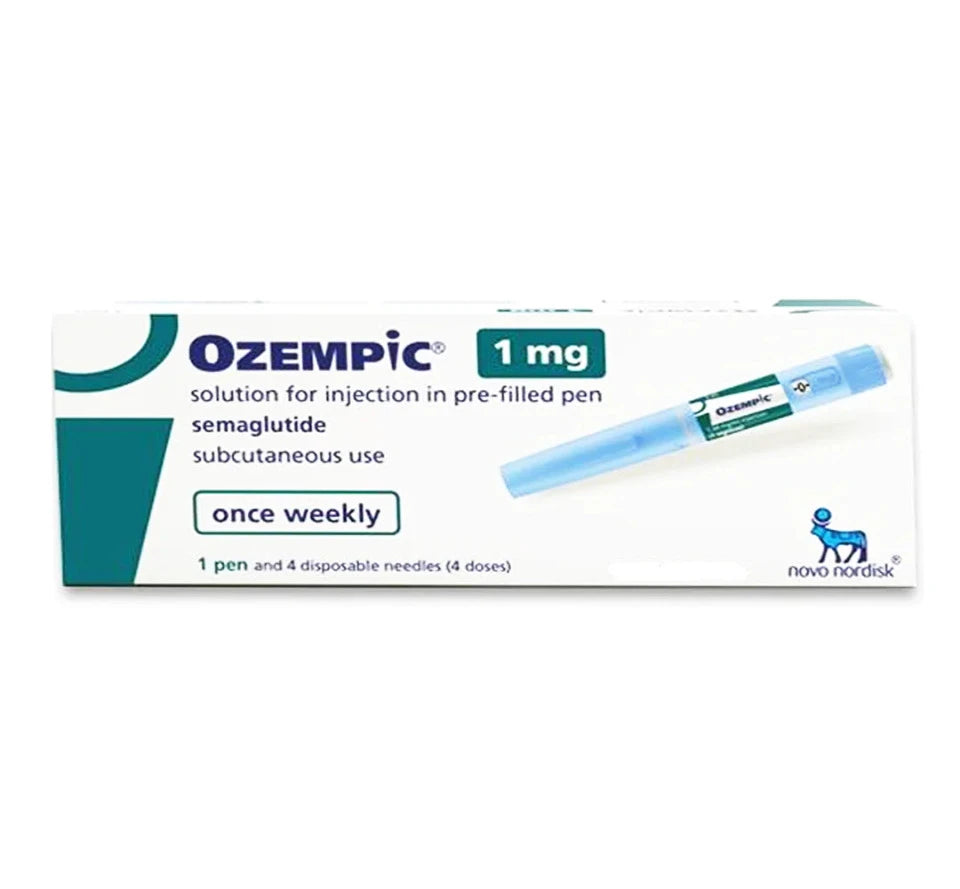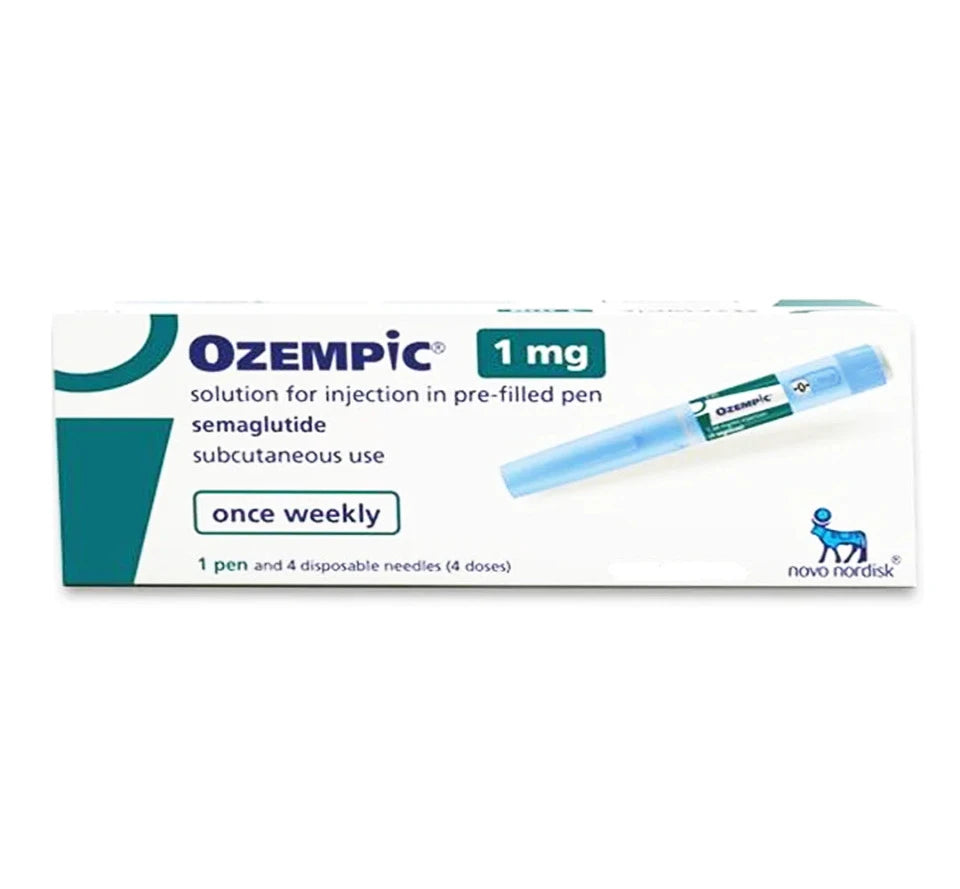Description
Description
SPECIFICATION
1MG
Generics
Semaglutide
About
Semaglutide is a GLP-1 analogue with 94% sequence homology to human GLP-1. Semaglutide acts as a GLP-1 receptor agonist that selectively binds to and activates the GLP-1 receptor, the target for native GLP-1. GLP-1 is a physiological hormone that has multiple actions on glucose, mediated by the GLP-1 receptors. The principal mechanism of protraction resulting in the long half-life of semaglutide is albumin binding, which results in decreased renal clearance and protection from metabolic degradation. Furthermore, semaglutide is stabilized against degradation by the DPP-4 enzyme. Semaglutide reduces blood glucose through a mechanism where it stimulates insulin secretion and lowers glucagon secretion, both in a glucose-dependent manner. Thus, when blood glucose is high, insulin secretion is stimulated and glucagon secretion is inhibited. The mechanism of blood glucose lowering also involves a minor delay in gastric emptying in the early postprandial phase.
Indication
It is indicated as an adjunct to diet and exercise to improve glycemic control in adults with type 2 diabetes mellitus .
Dosage
According to HBA 1c level
Side Effects
Common: may affect up to 1 in 10 people : Complications of diabetic eye disease (retinopathy) – you should inform your doctor if you experience eye problems, such as changes in vision, during treatment with this medicine. Uncommon: may affect up to 1 in 100 people : Inflamed pancreas (acute pancreatitis) which could cause severe pain in the stomach and back which does not go away. You should see a doctor immediately if you experience such symptoms. Rare: may affect up to 1 in 1,000 people : Severe allergic reactions (anaphylactic reactions, angioedema). You should seek immediate medical help and inform your doctor straight away if you get symptoms such as breathing problems, swelling of face, lips, tongue and/or throat with difficulty swallowing and a fast heartbeat .
Drug Interactions
Other medicines for the treatment of diabetes , Monoamine oxidase inhibitors (MAOI) (used to treat depression) , Beta-blockers (used to treat high blood pressure) , Angiotensin converting enzyme (ACE) inhibitors (used to treat certain heart conditions or high blood pressure) , Salicylates (used to relieve pain and lower fever) , Anabolic steroids (such as testosterone) , Sulfonamides (used to treat infections) , Oral contraceptives (birth control pills) , Thiazides (used to treat high blood pressure or excessive fluid retention) , Glucocorticoids (such as ‘cortisone’ used to treat inflammation) , Thyroid hormones (used to treat thyroid gland disorders), Sympathomimetics (such as epinephrine [adrenaline], or salbutamol, terbutaline used to treat asthma) , Octreotide and lanreotide.
When not to Use
It is contraindicated in patients with: A personal or family history of medullary thyroid carcinoma (MTC) or in patients with Multiple Endocrine Neoplasia syndrome type 2 (MEN 2) . Known hypersensitivity to semaglutide or to any of the product components .
Precaution
In patients with diabetic retinopathy treated with insulin and semaglutide, an increased risk of developing diabetic retinopathy complications has been observed . Caution should be exercised when using semaglutide in patients with diabetic retinopathy treated with insulin. These patients should be monitored closely and treated according to clinical guidelines. Rapid improvement in glucose control has been associated with a temporary worsening of diabetic retinopathy, but other mechanisms cannot be excluded.

